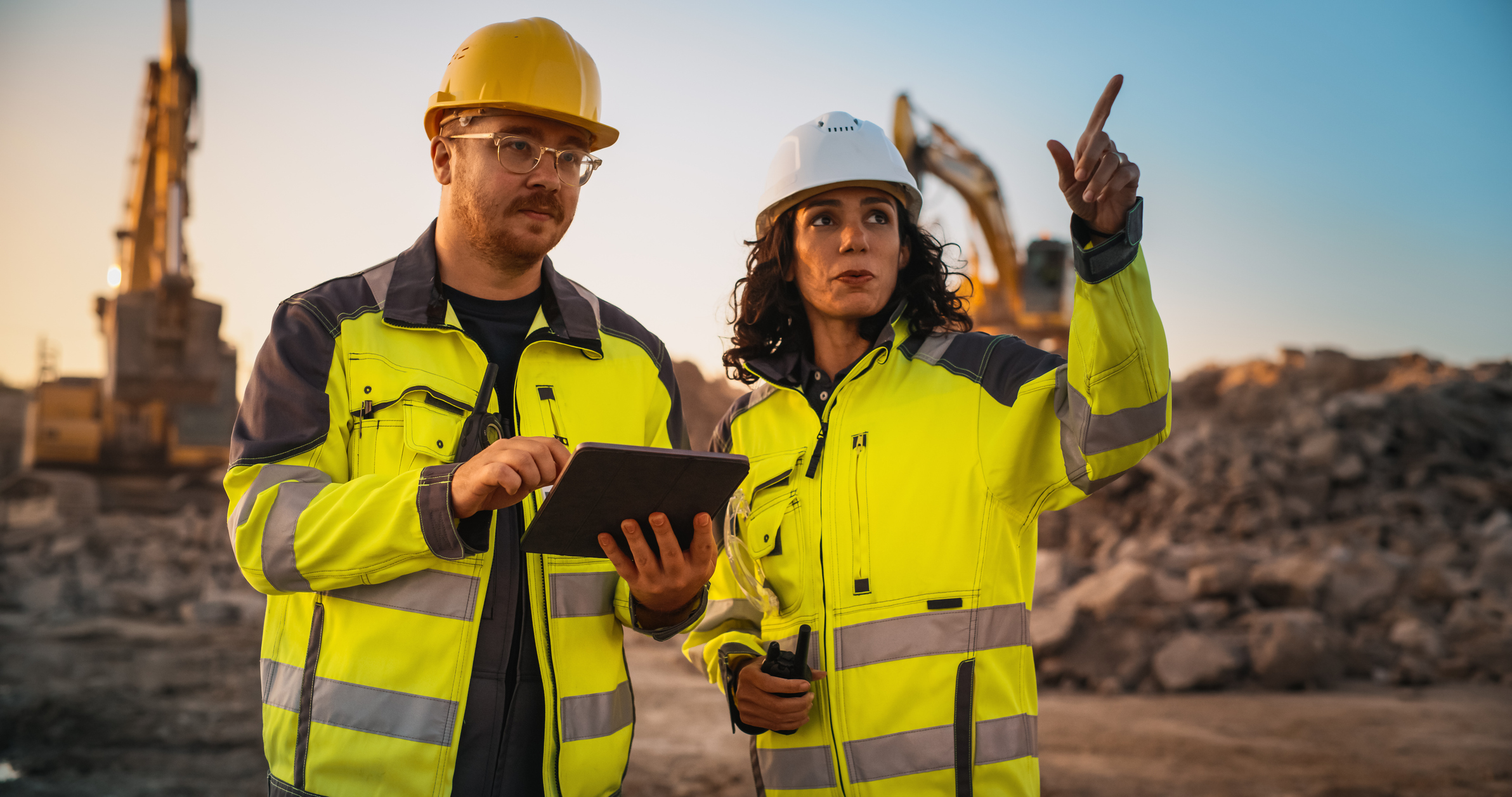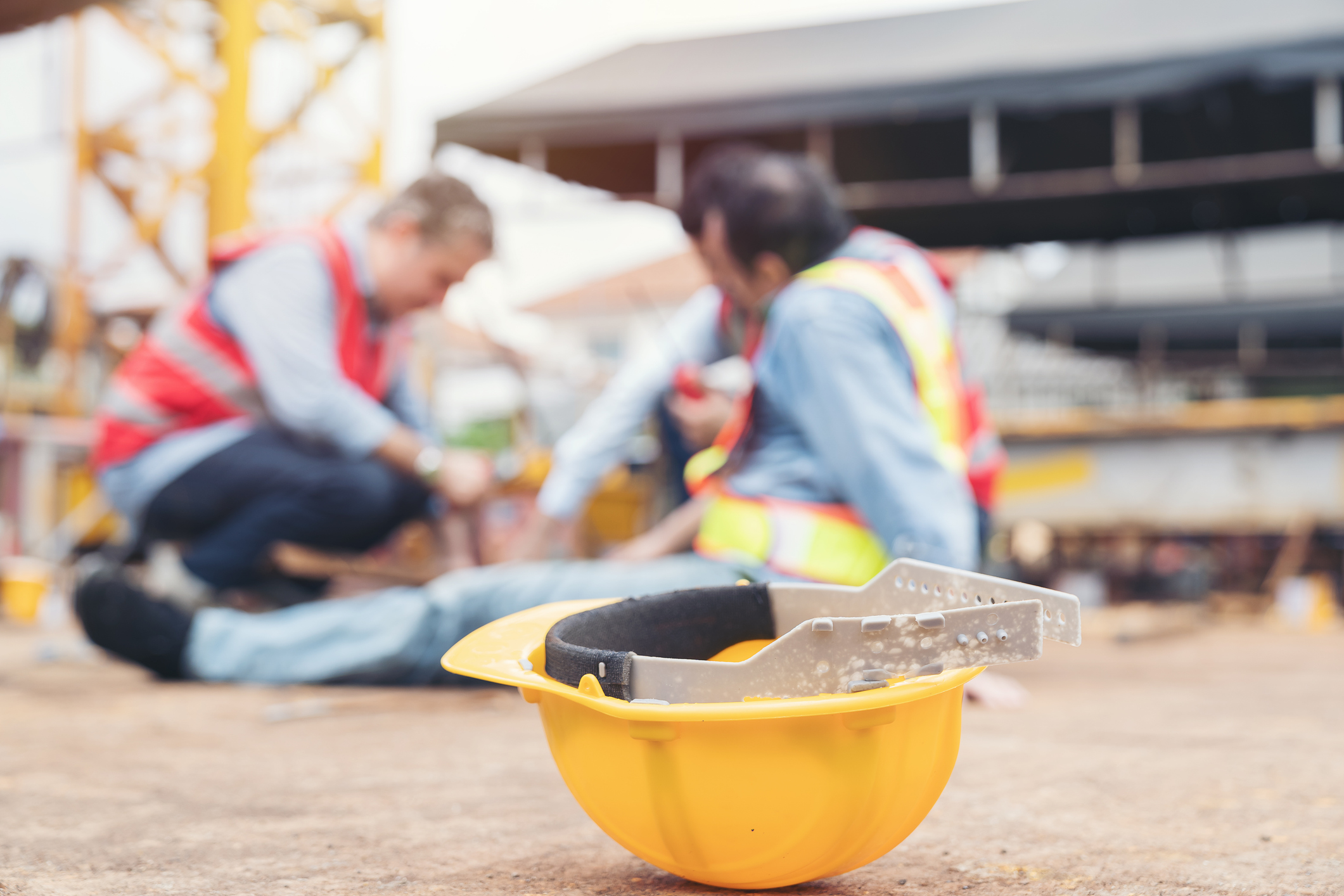How to reduce the risk of manual handling injuries
Learn how to reduce manual handling injuries in your workplace with practical strategies, risk assessment steps, and control measures.


In Australia, manual handling injuries account for approximately 34% of all workplace injuries, making it imperative for businesses to address this issue.
These injuries, typically caused by lifting, carrying, or moving heavy objects, can result in chronic pain, reduced productivity, and increased absenteeism. For businesses, this means higher costs due to workers' compensation claims and potential legal liabilities.
In this article, we’re exploring practical strategies to reduce the risk of manual handling injuries, covering the identification of risk factors, effective risk assessment, and the implementation of control measures.
What is a manual handling injury?
Manual handling injuries occur when tasks such as lifting, carrying, pushing, or pulling lead to physical harm.
These injuries generally include muscle strains, back injuries, and joint damage, often resulting from improper techniques, overexertion, or repetitive motions. Common in many workplaces, these injuries can lead to long-term health issues for employees and disrupt business operations.
Identifying risk factors for manual handling
Manual handling injuries can arise from a diversity of risk factors. Awareness of these factors is the first step to implementing effective prevention strategies.
1. Awkward postures
Working in positions that strain the body, such as bending, twisting, or reaching, can increase the risk of injury. For example, lifting objects from an uneven surface or reaching overhead.
2. Repetitive motions
Tasks that involve repetitive movements, such as packing boxes or stacking shelves, can lead to overuse injuries. The repetitive strain can cause musculoskeletal disorders over time. These are often overlooked in workplaces with low physical strain but can be caused by actions as small as computer mouse control.
3. Heavy lifting
Lifting or carrying heavy objects can put excessive stress on the back and other muscles. Without proper techniques or equipment, this can lead to acute and/or chronic injuries. Bulkier objects generally count for more than their actual weight, due to the leverage effect of mass that extends further from the body.
4. Poor ergonomics
Workstations that are not designed to fit the worker's body can cause strain. For instance, work surfaces that are too high or too low can lead to poor posture and increased risk of injury.
5. Inadequate training
Employees who are not trained in proper manual handling techniques are more likely to use incorrect methods, increasing their risk of injury. Training should include techniques for lifting, carrying, and using mechanical aids.
How to conduct a risk assessment for manual handling tasks
Step #1 - Identify hazards
- Observe tasks and work environments to pinpoint activities that may cause manual handling injuries. This includes looking at lifting, carrying, and repetitive motion tasks.
- Consult workers for first-hand insight.
Step #2 - Evaluate risks
- Now narrow down to assess the likelihood and severity of injuries associated with each identified hazard. Consider factors like the weight/shape/size of objects, frequency of tasks, and worker posture.
- Again, consult workers on where they believe injury risks may be.
Step #3 - Control risks
- Implement measures to eliminate or reduce risks. This can include:some text
- engineering controls (e.g., mechanical aids)
- administrative controls (e.g., job rotation)
- personal protective equipment (PPE)
- For a detailed guide on different types and roles of risk control measures, refer to the blog post Types and Roles of Risk Control Measures in the Workplace.
Step #4 - Monitor and review
- Regularly review risk assessments and control measures to ensure their effectiveness. Adjust strategies as needed based on feedback and changing work conditions.
Involving workers in the risk assessment process is vital. Workers provide valuable insights into the tasks they perform daily and can help identify practical solutions to mitigate risks.
Implementing control measures
Reducing the risk of manual handling injuries requires a combination of engineering controls, administrative controls, and PPE. Here are some effective strategies:
Engineering controls

- Mechanical aids: Use equipment like forklifts, hoists, and conveyor belts to reduce the need for manual lifting and carrying. These tools can significantly lower the physical strain on workers.
- Ergonomic workstations: Design workstations to fit the needs of the workers, reducing awkward postures and repetitive motions. Adjustable workbenches and lift tables can help.
Administrative controls
- Job rotation: Rotate employees through different tasks to avoid repetitive strain on specific muscle groups. This helps prevent overuse injuries and distributes the physical workload more evenly.
- Work schedules: Implementing regular breaks and limiting the duration of manual handling tasks can reduce fatigue and lower the risk of injury.
- Training and education: Training employees on correct lifting techniques, as well as how to use mechanical aids and ergonomic tools effectively can drastically reduce the risk of injuries. This can include simple reminder posters/stickers demonstrating proper technique.
Personal protective equipment (PPE)

- Proper lifting gear: Equip workers with back braces, gloves, and supportive footwear to provide additional protection during manual handling tasks.
Encouraging a proactive approach to workplace safety
Creating a safe working environment requires a concerted effort from management. Leadership must actively promote safety by setting clear expectations and providing necessary resources.
Encouraging employees to report manual handling issues without fear of reprisal is essential. This open communication helps identify and address potential hazards before they lead to incidents. Work conditions change, so continuous improvement is vital, involving regular reviews of safety practices and adapting strategies based on feedback and new insights.
Taking safety into your own hands
Reducing the risk of manual handling injuries is an important component in creating a safer and more productive workplace. By identifying hazards, evaluating risks, implementing control measures, and continuously monitoring safety practices, businesses can significantly lower the incidence of these injuries.
Finally, discover how you can lead the way in safety management with myosh. Start your free trial today and see how myosh’s risk hazard management software can make a significant difference in managing workplace risks. Check out our module page for more details.
Author
Kristina Shields
Kristina Shields is a skilled administrative professional at myosh, a company in the SaaS Safety Technology sector. She manages a variety of roles including hosting HSEQ Webinars and providing sales and operational support. Kristina also serves as Personal Assistant to the CEO, Account Manager, and Database Manager. Her work involves close collaboration with clients to understand their unique industry safety needs, enhancing client relationships and operational efficiency. She is dedicated to integrating innovative safety solutions into their practices, aligning with myosh's goal of making safety a strategic advantage.







